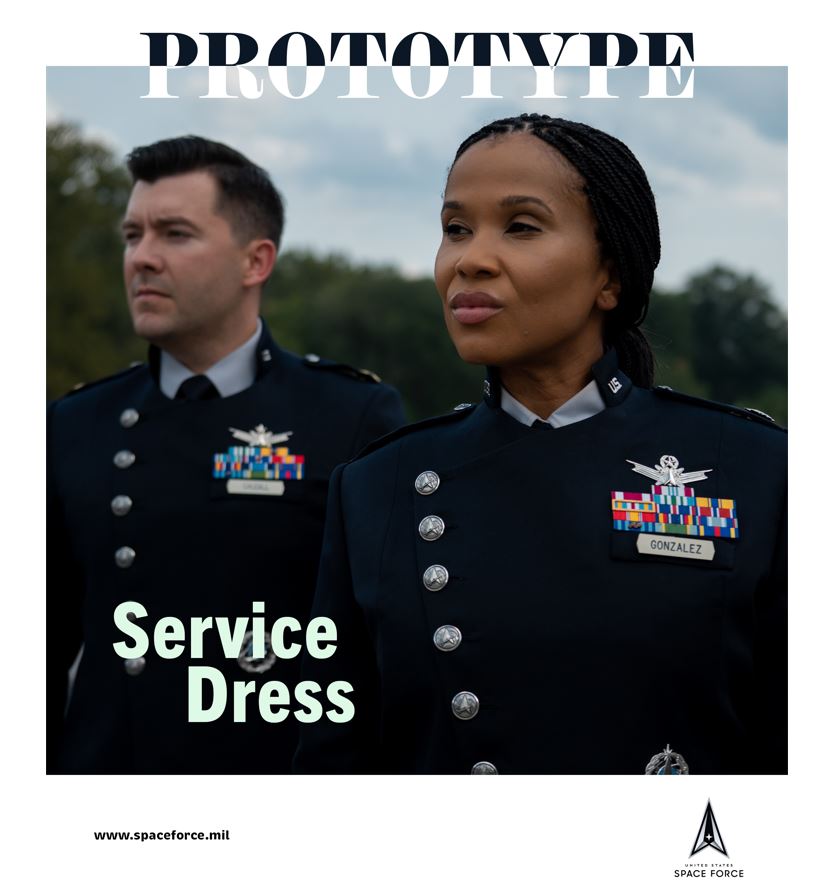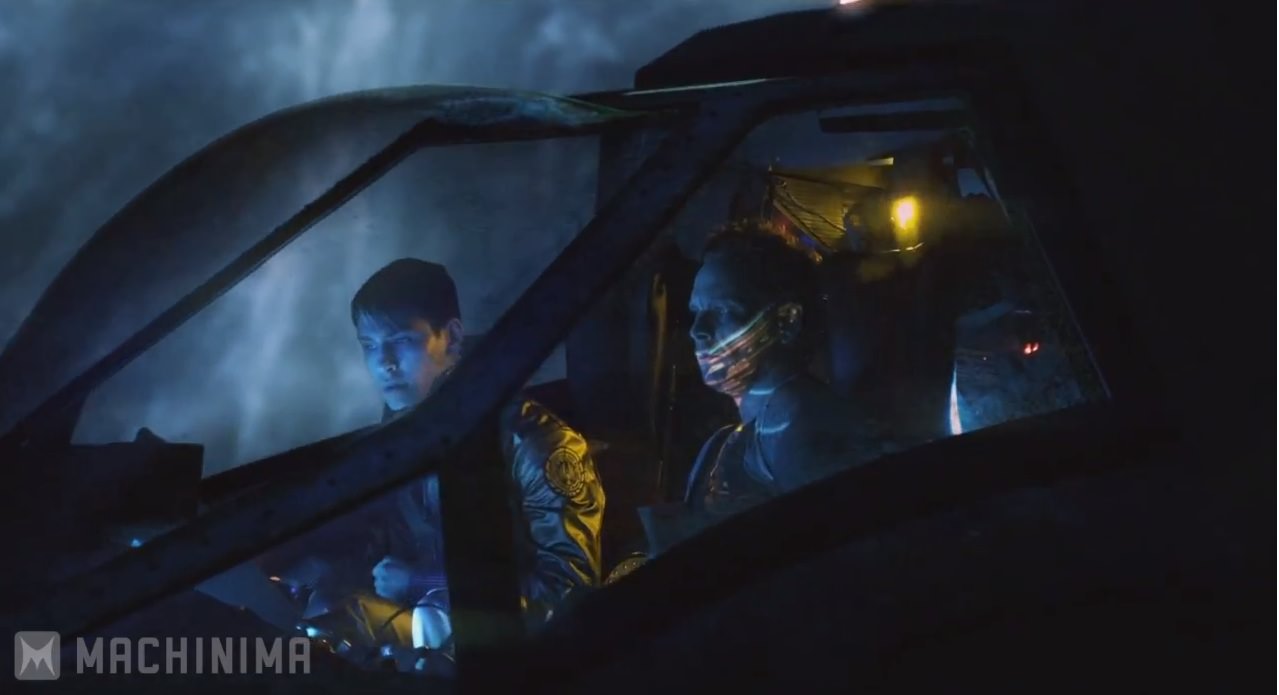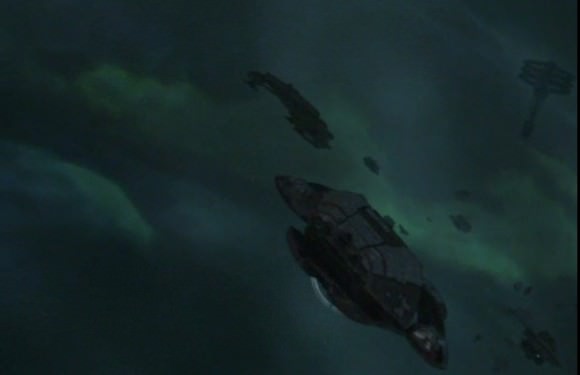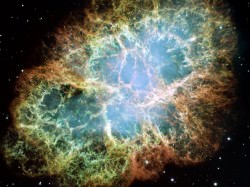After years watching from the sidelines, I’m fast becoming a comic convention convert. It seems there is something at cons for every geek, whether you enjoy meeting celebrities, hearing illustrators talk about tricks of the trade, or browsing the show floor in search of posters, T-shirts and comic books.
This past weekend I briefly attended Chicago Comic Con Wizard World Convention, which typically draws tens of thousands of fans — including friends of the space genre, judging by the T-shirts surrounding me. I was there to line up for a brief photo op with three Star Trek captains (Kirk, Archer and Sisko), and I have to say my whole time there was a pleasant experience.
I’ve been to two other comic cons that were an organizational mess, with fans lining up for autographs and photo opportunities, waiting hours for late celebs. One con was so crowded that the fire marshall had to prevent people from coming in.
While I admittedly was at Wizard World at a slower time (Friday afternoon), the relaxed pace was a welcome change from other cons. Lineups were very short, allowing me time to have a quick chat with Dean Stockwell of Battlestar: Galactica fame. I also got a quick picture of him on my cell phone.
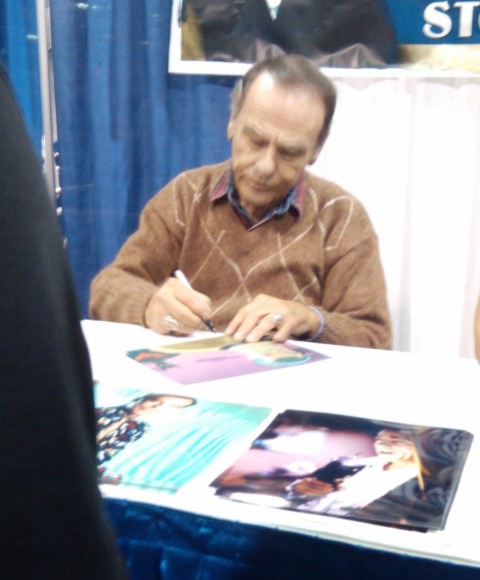
My favourite part of each con is looking at funny T-shirts and posters. Some of the jokes are rather obscure, but I usually can figure out what the space-related ones mean.
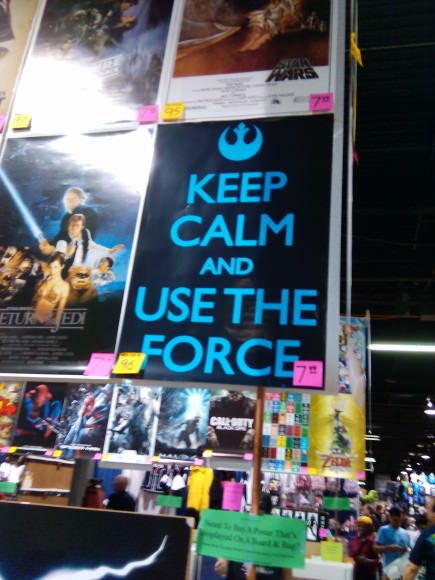
As for the Captains, they were there at the appointed hour. I had about 15 seconds for the photo op — just enough time to shake hands with Scott Bakula, agree with him that Chicago is a beautiful city, smile beside him and William Shatner and Avery Brooks, then scoot out of there to make way for the next person.
My goal is to meet all of the starring Star Trek captains. As of this con I’ve seen all but two. Janeway (Kate Mulgrew) actually was supposed to be at Wizard World, but had to back out due to another commitment. The other I’m looking for is the new Captain Kirk (Chris Pine). Guess I’ll be saving my money for next year.
All pictures by Elizabeth Howell.
Elizabeth Howell (M.Sc. Space Studies ’12) is a contributing editor for SpaceRef and award-winning space freelance journalist living in Ottawa, Canada. Her work has appeared in publications such as SPACE.com, Air & Space Smithsonian, Physics Today, the Globe and Mail, the Canadian Broadcasting Corp., CTV and the Ottawa Business Journal.

